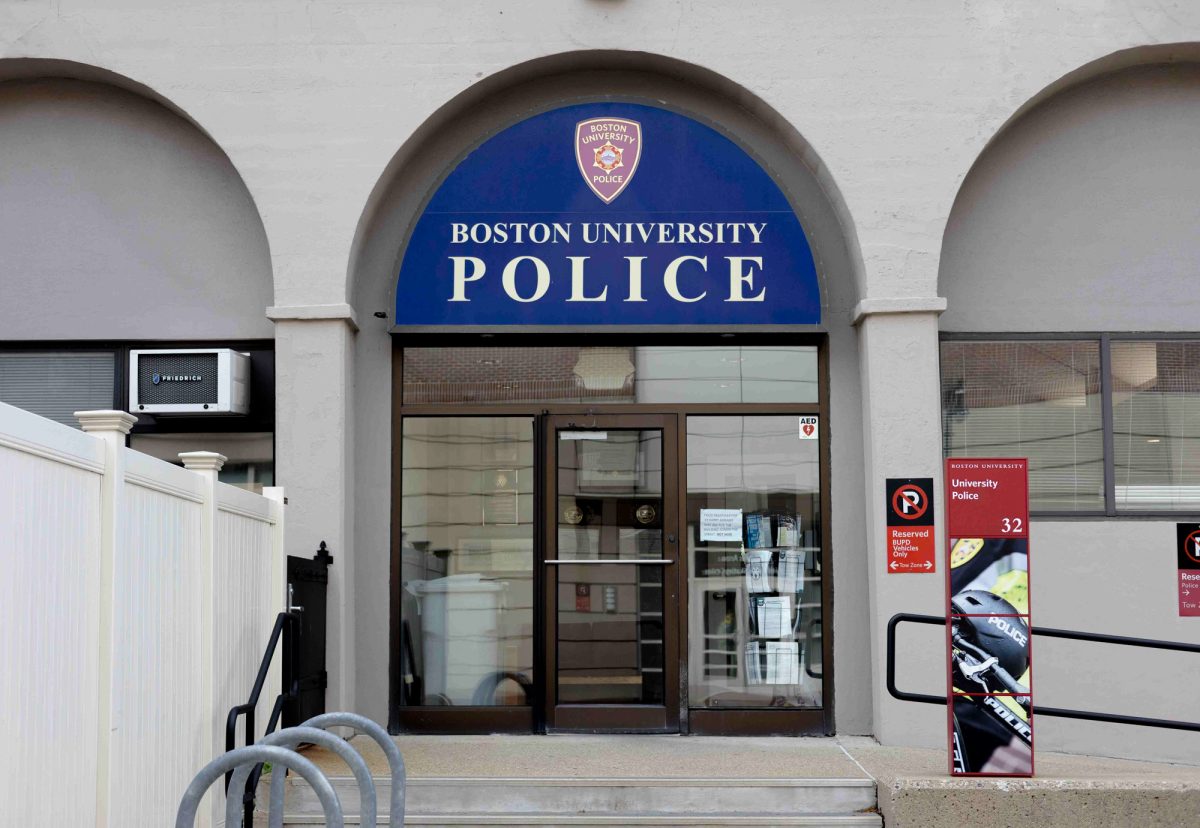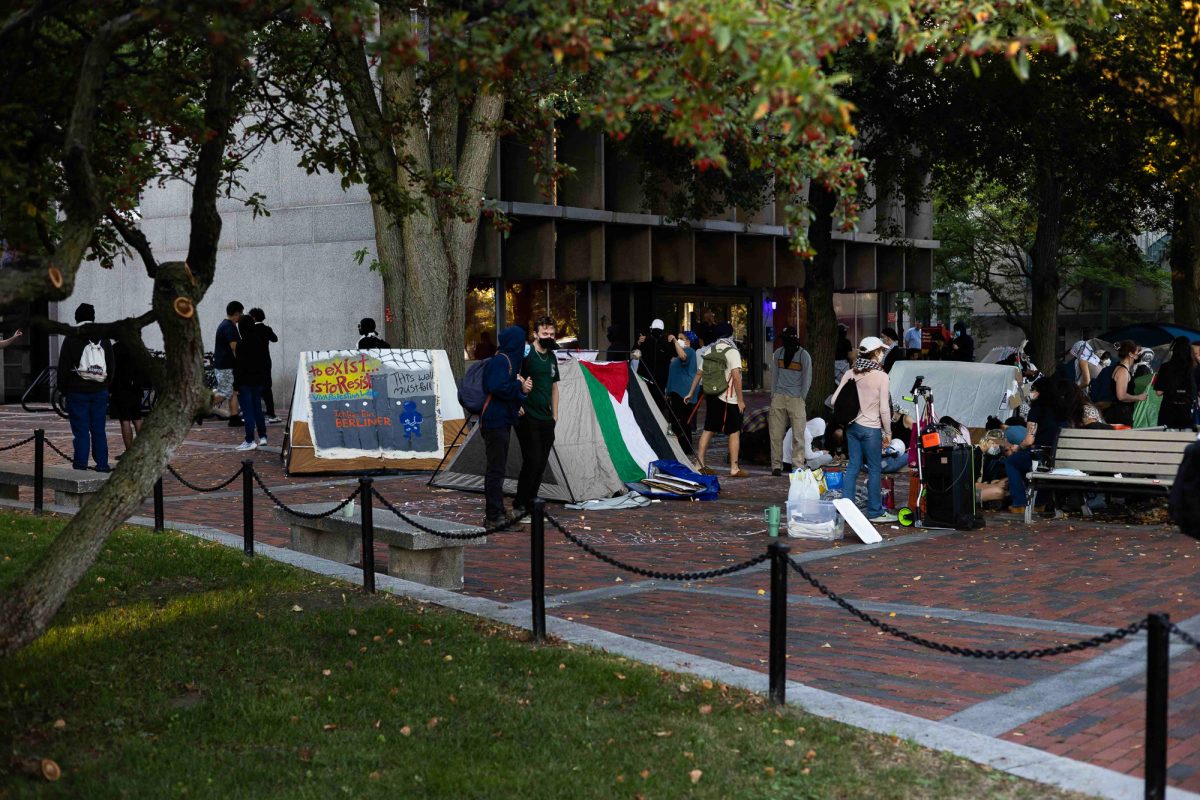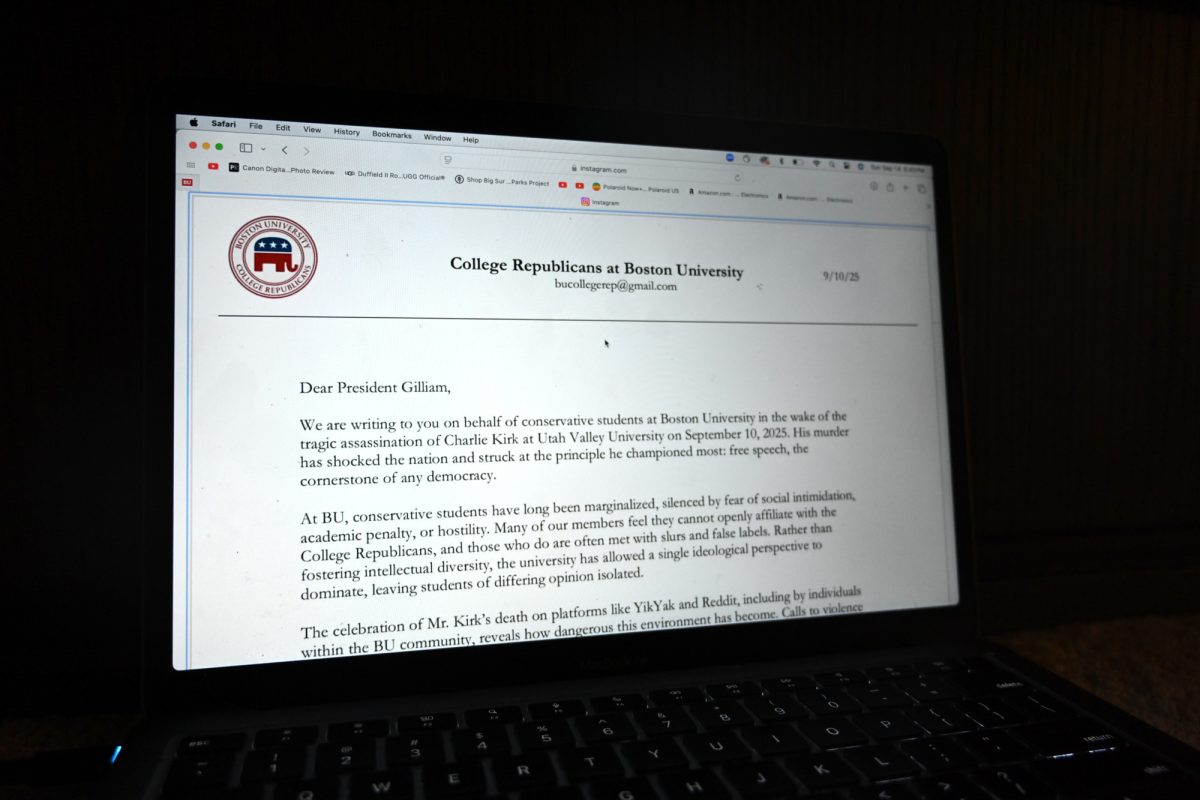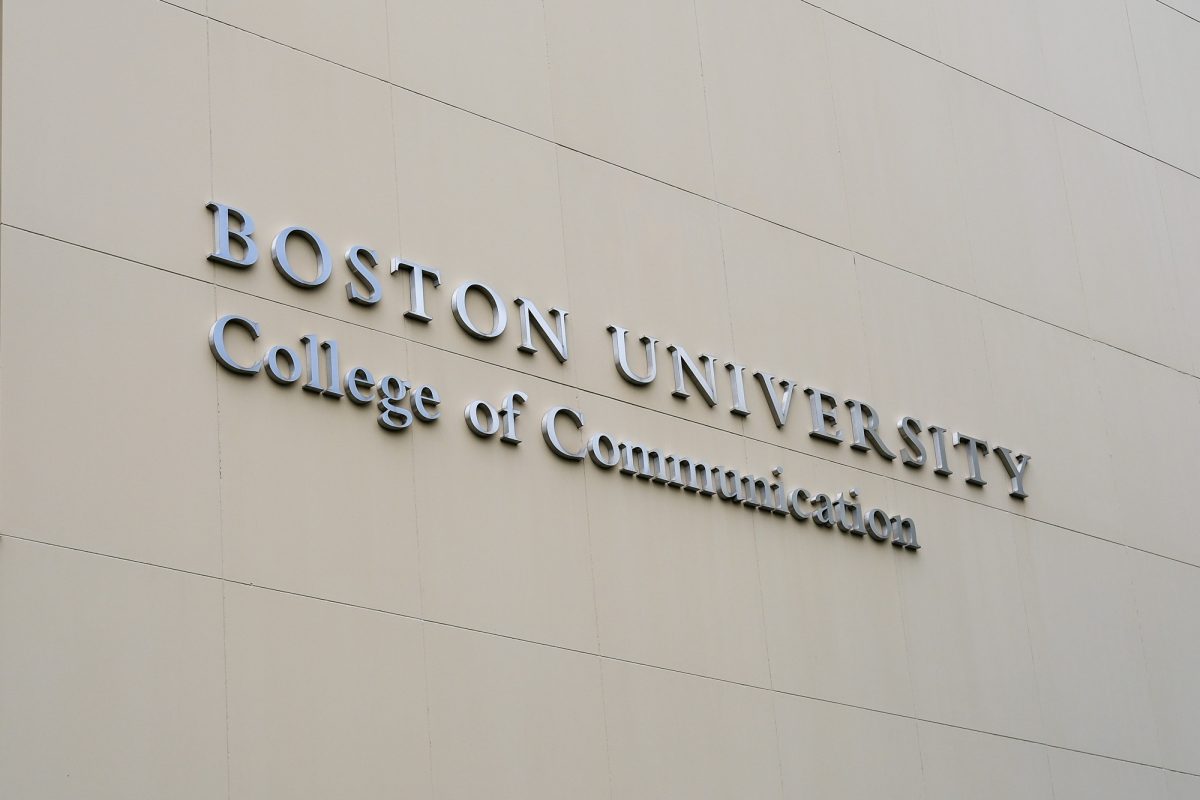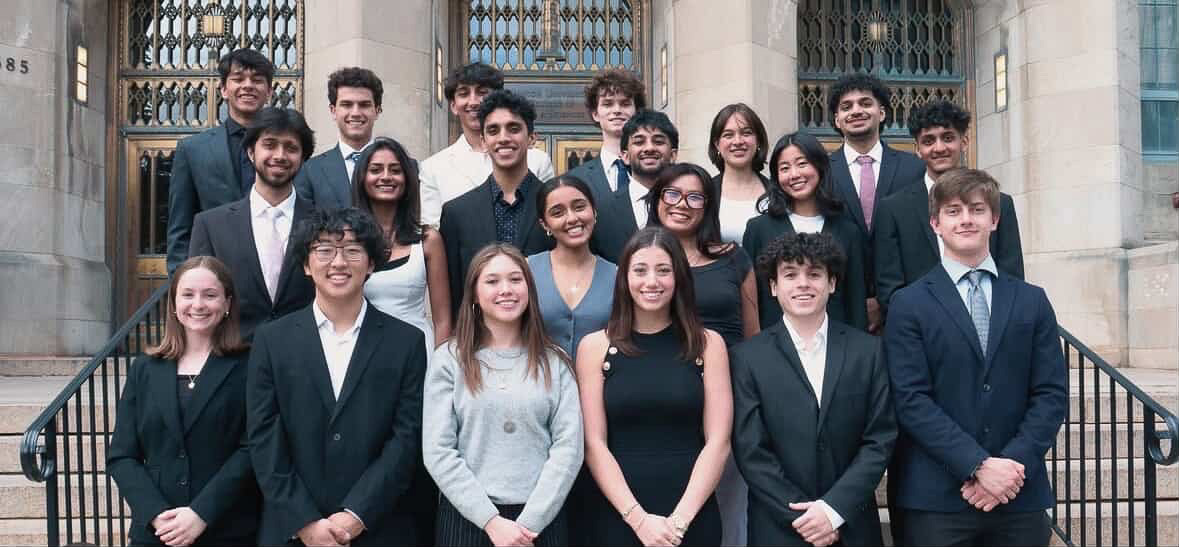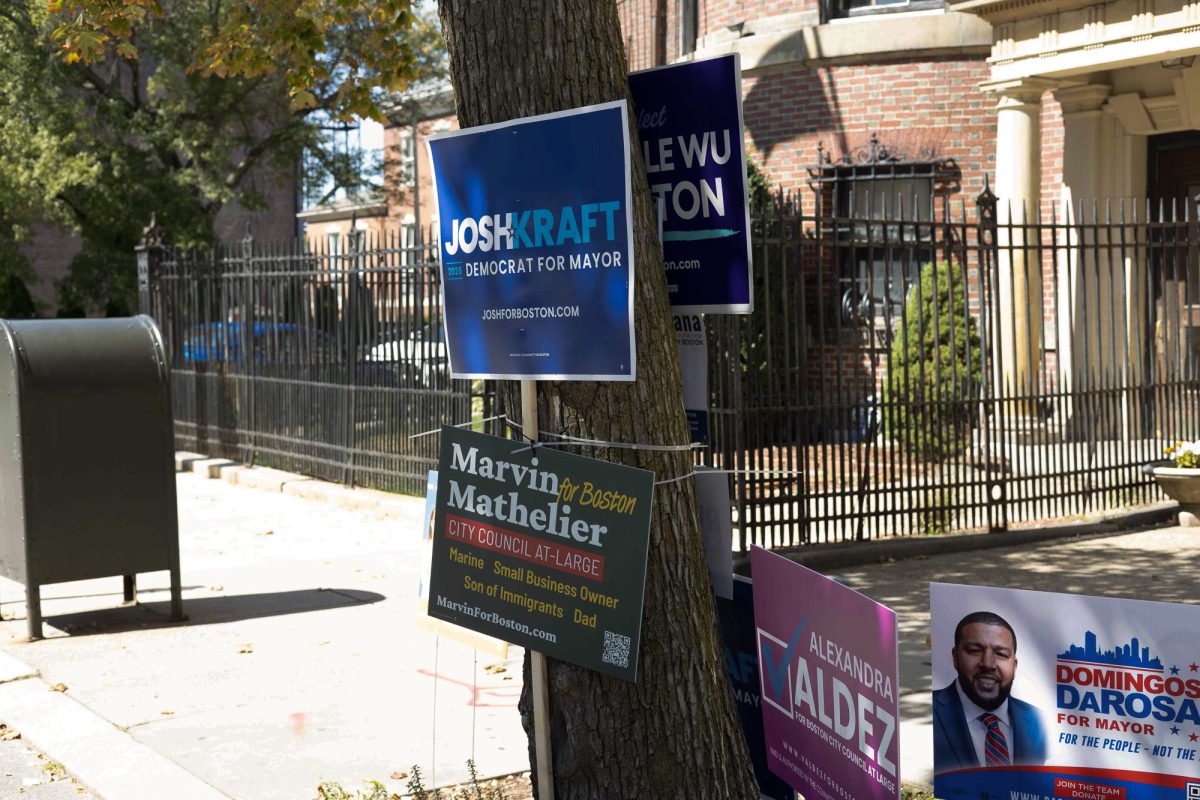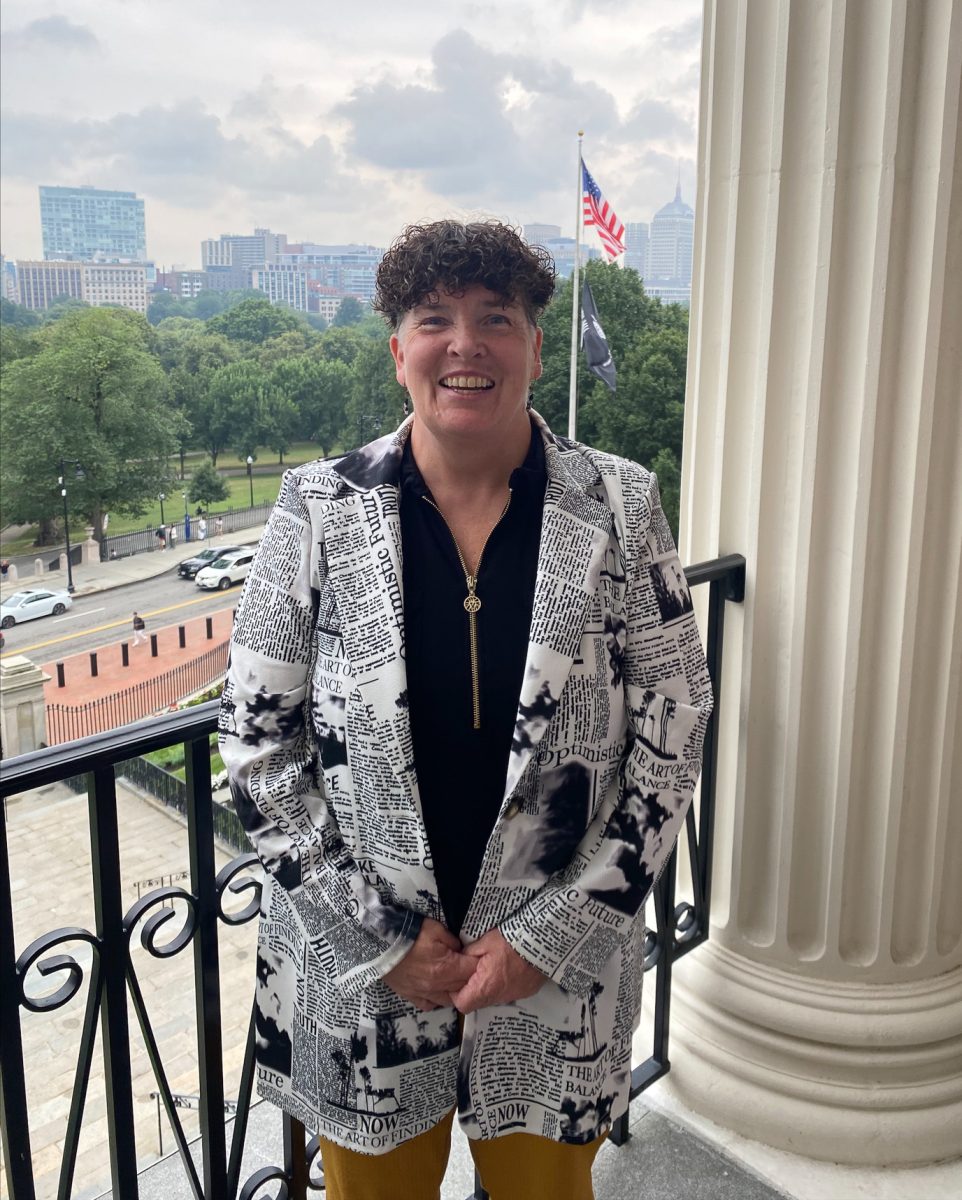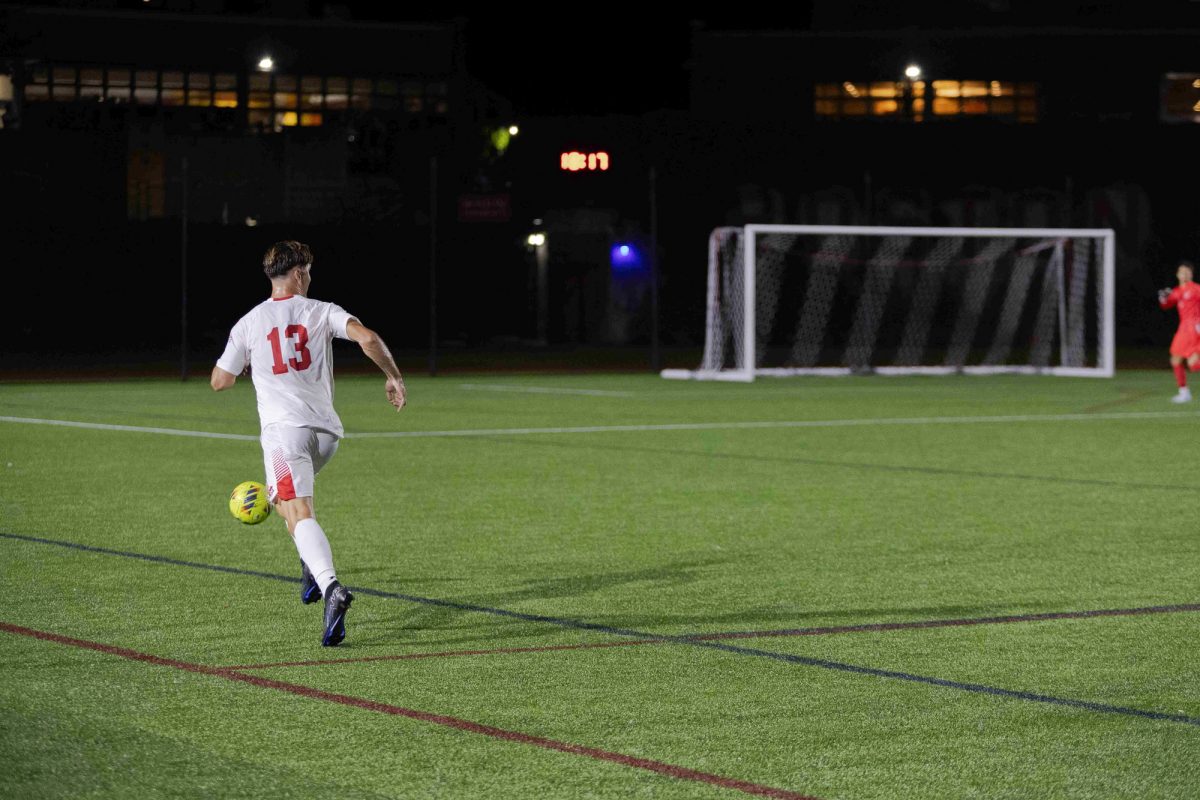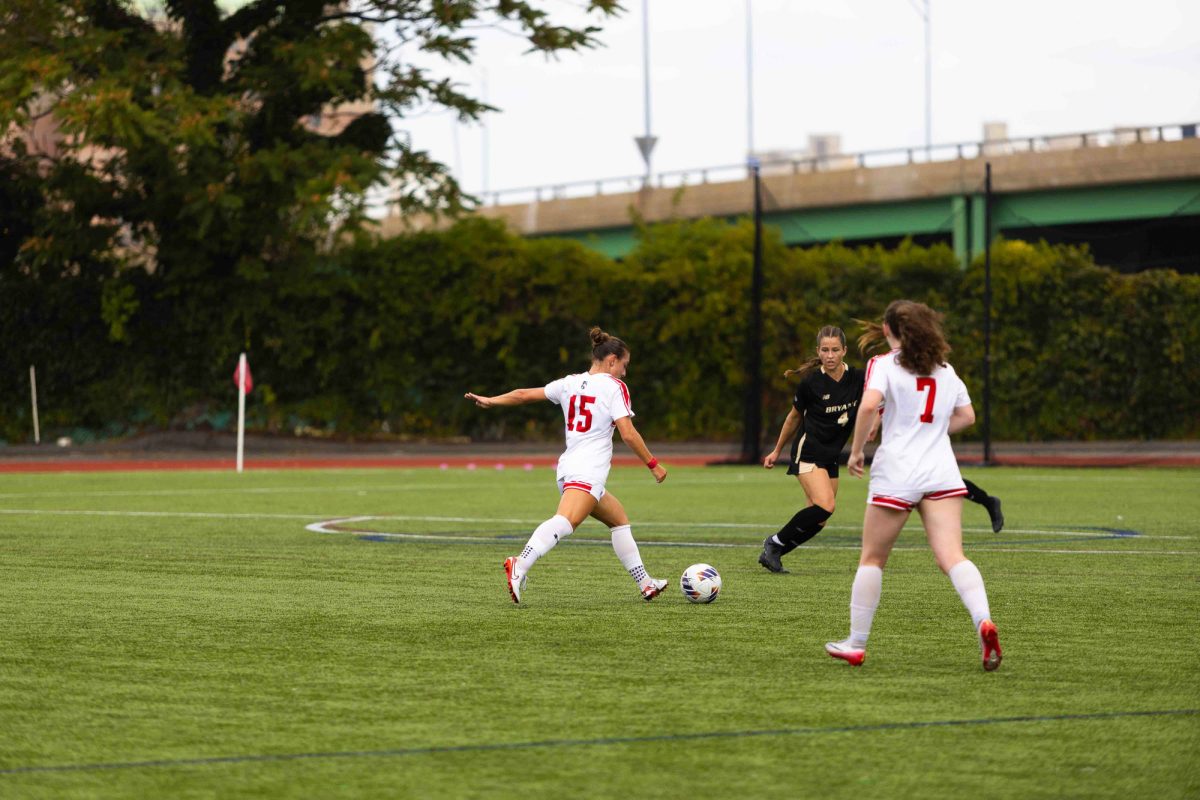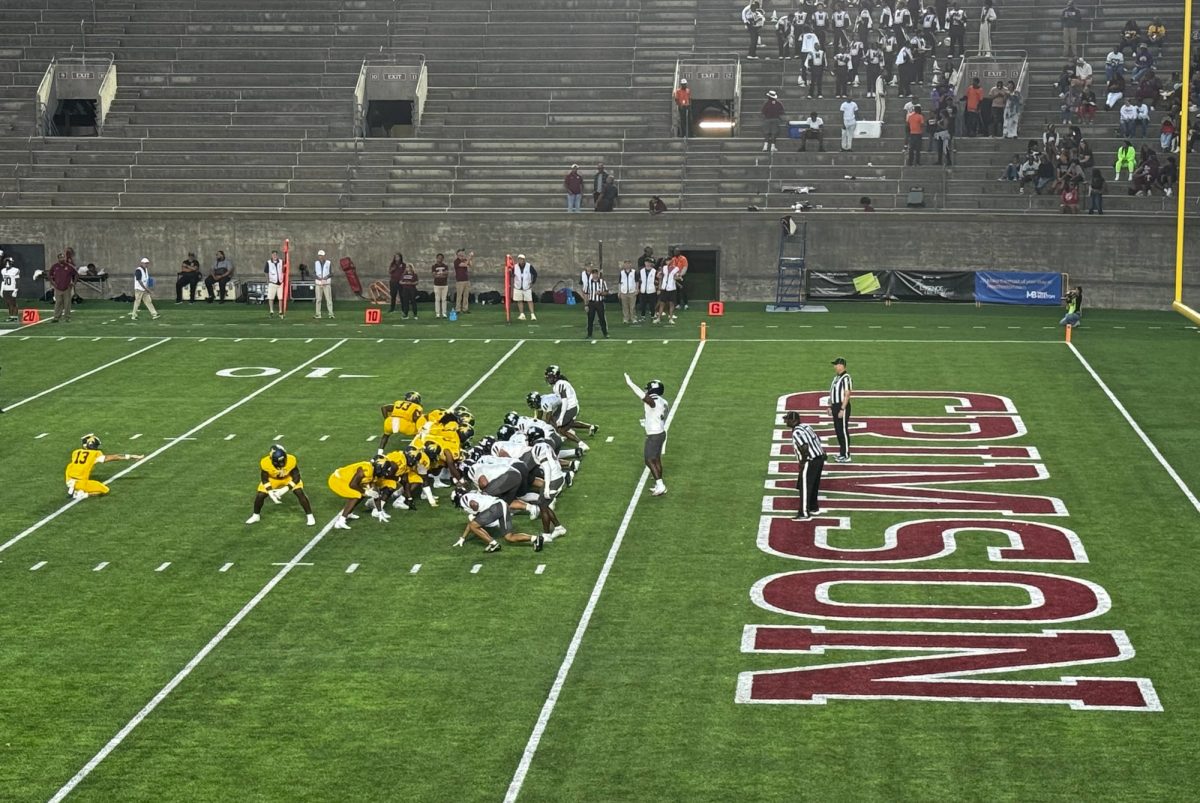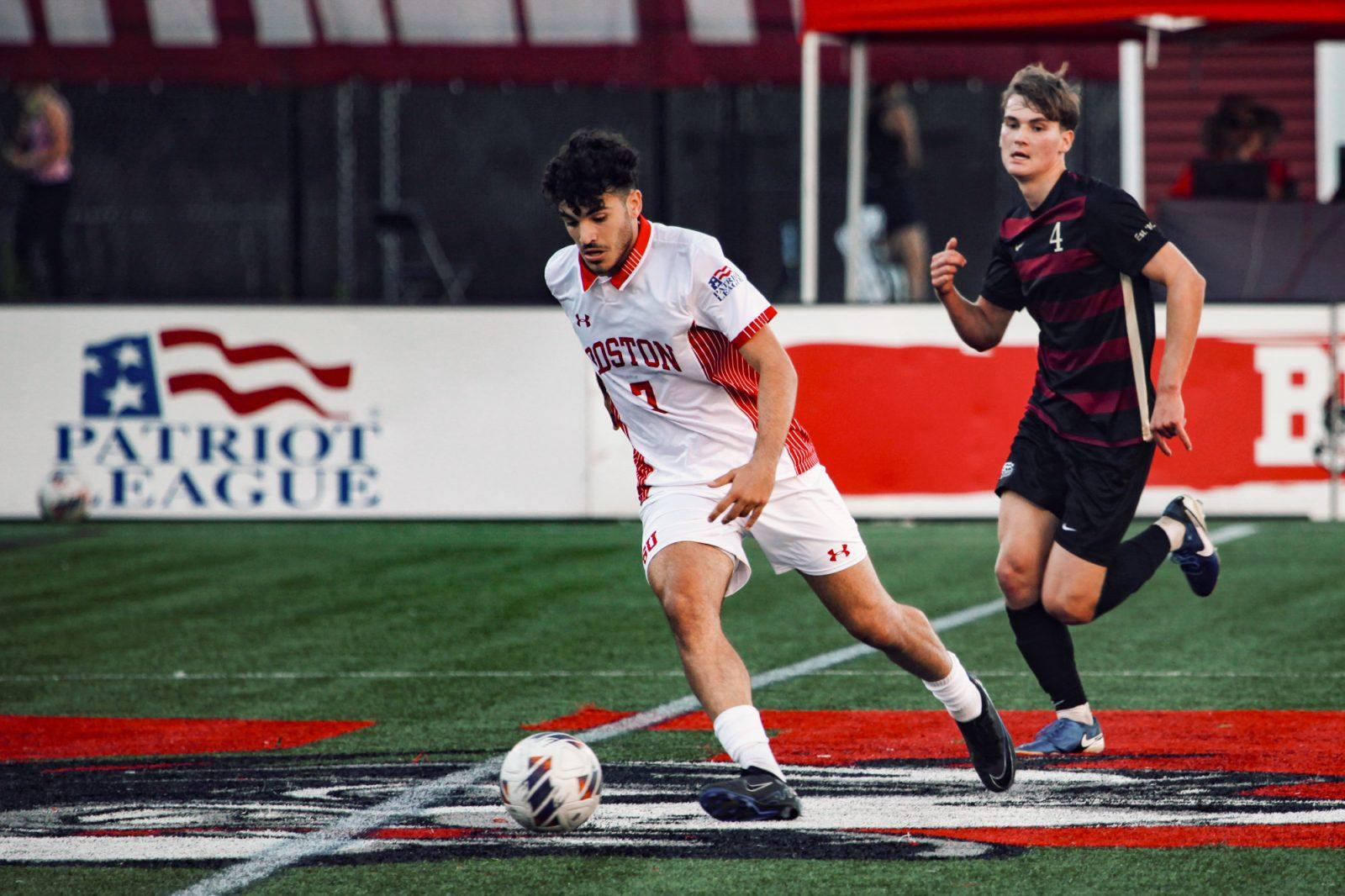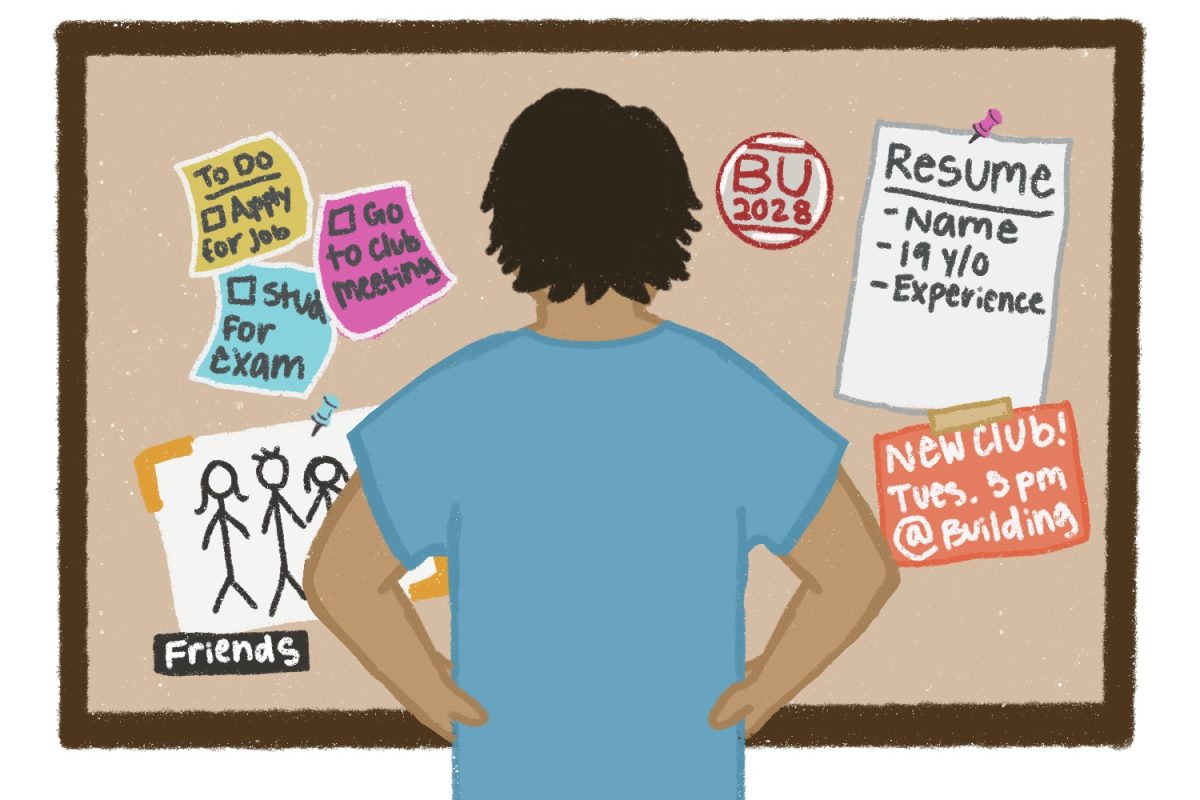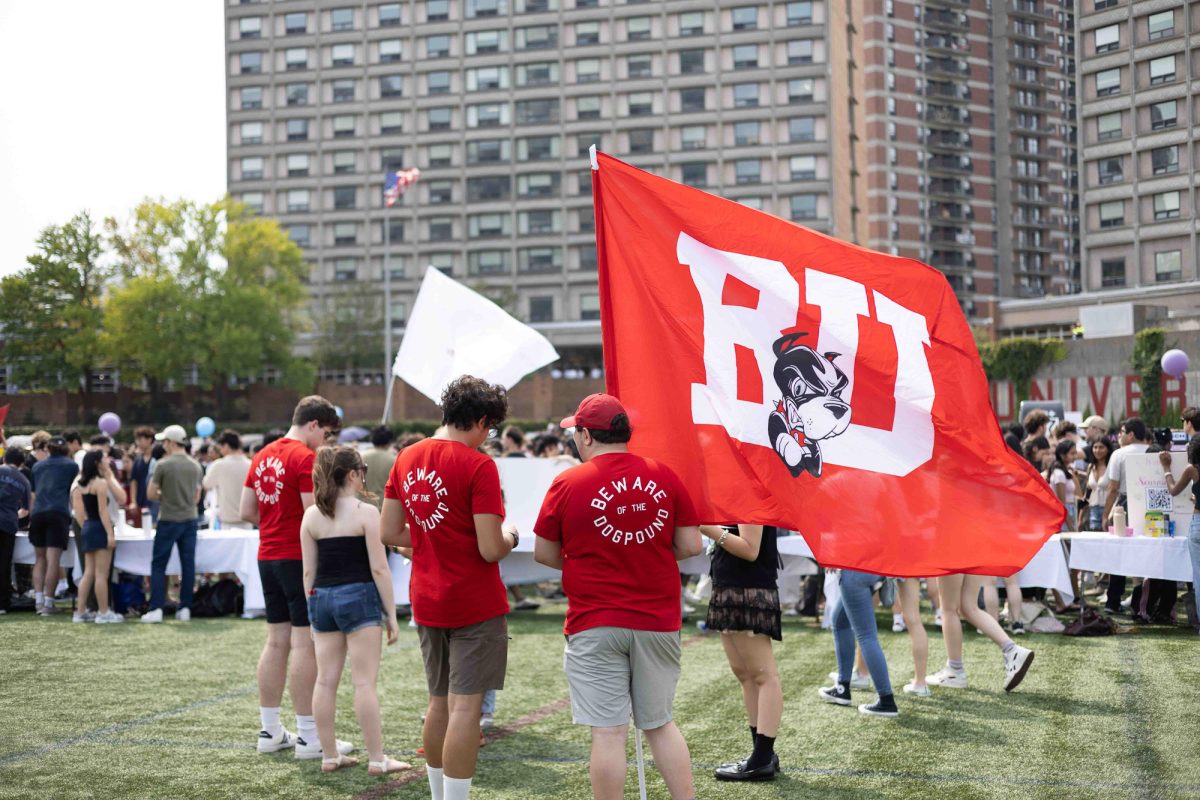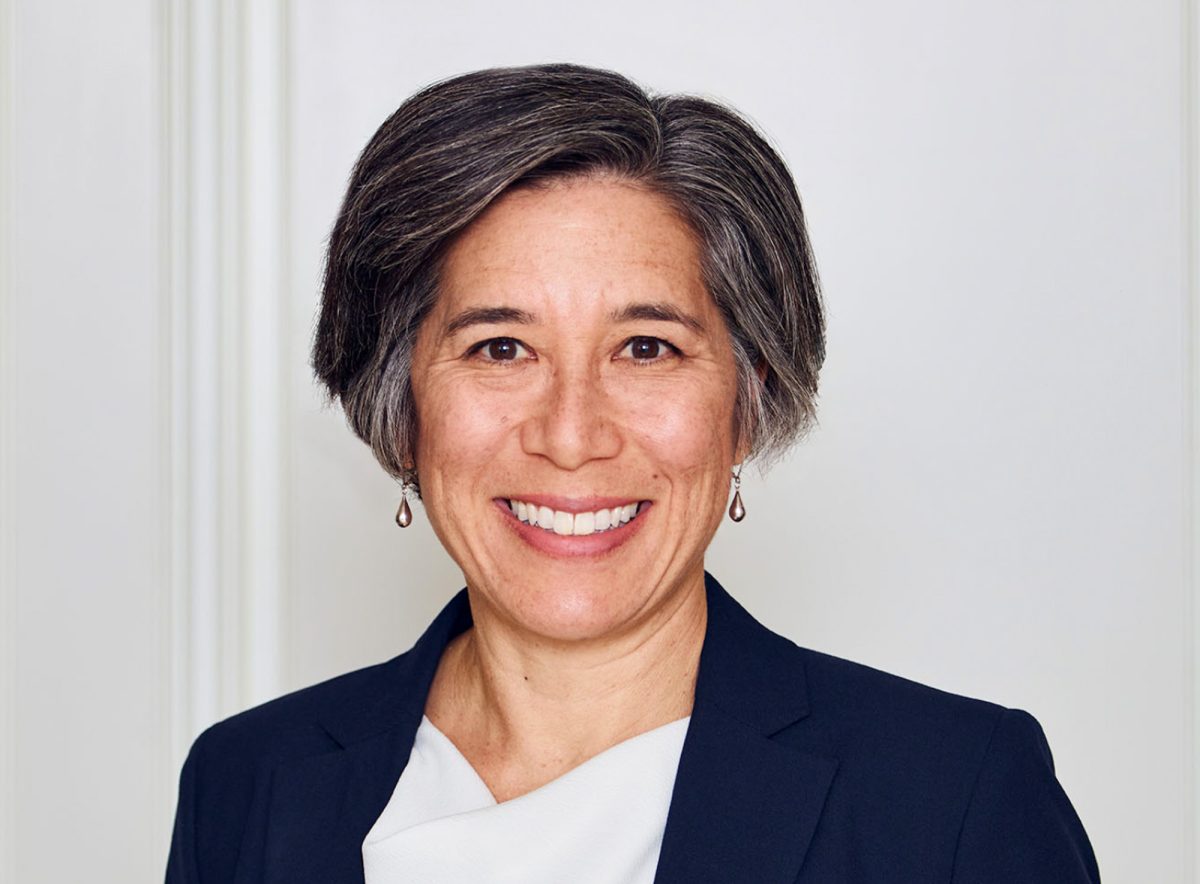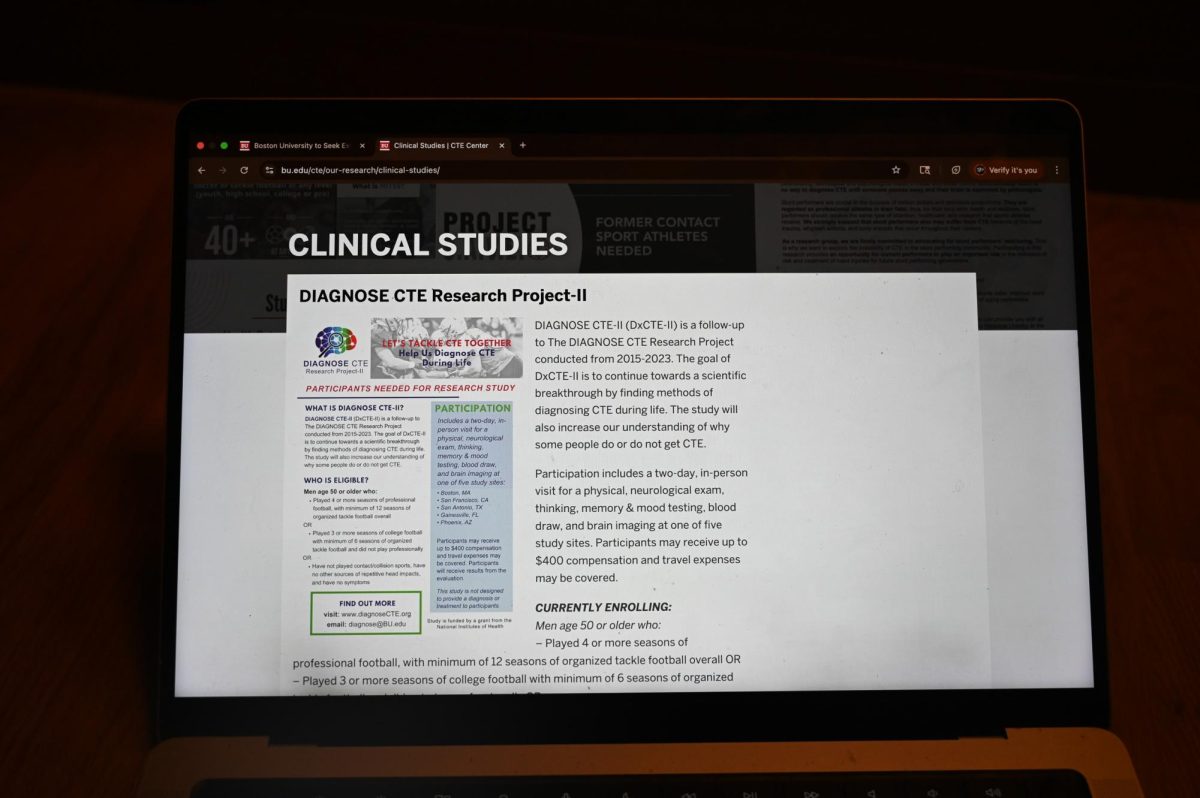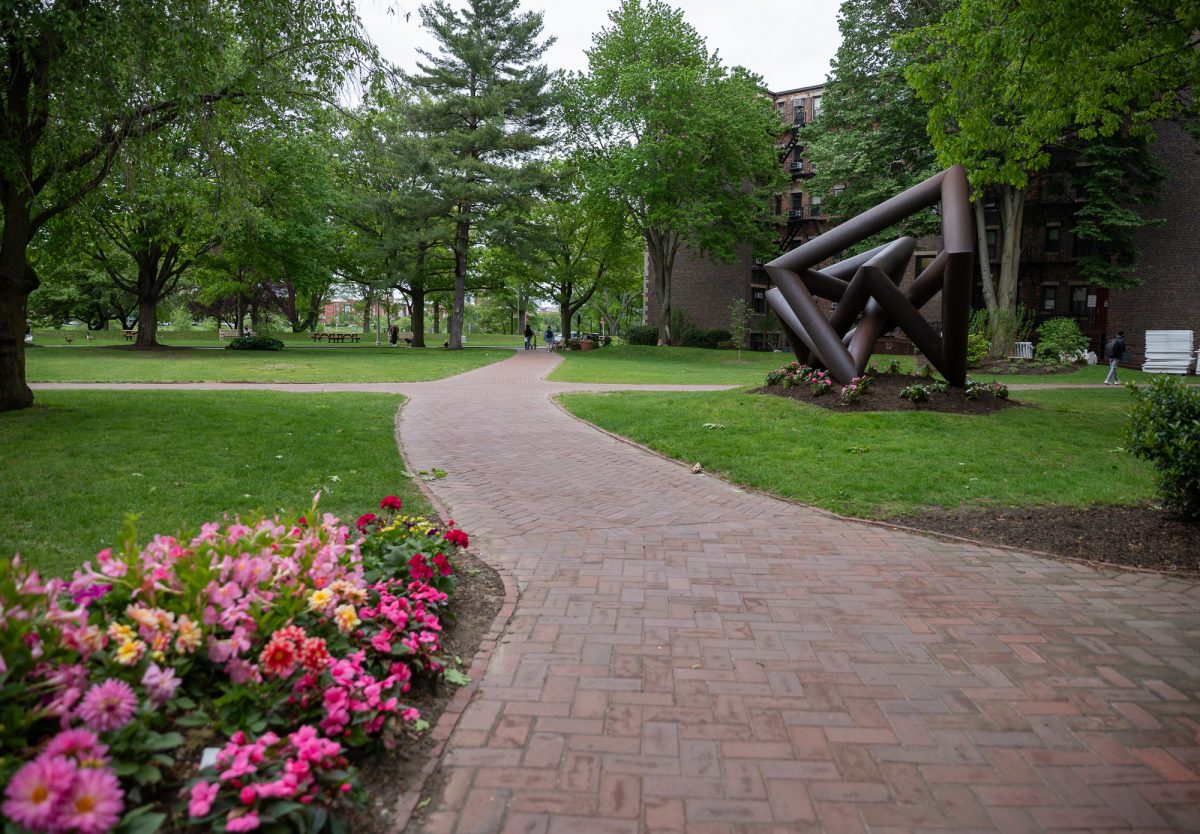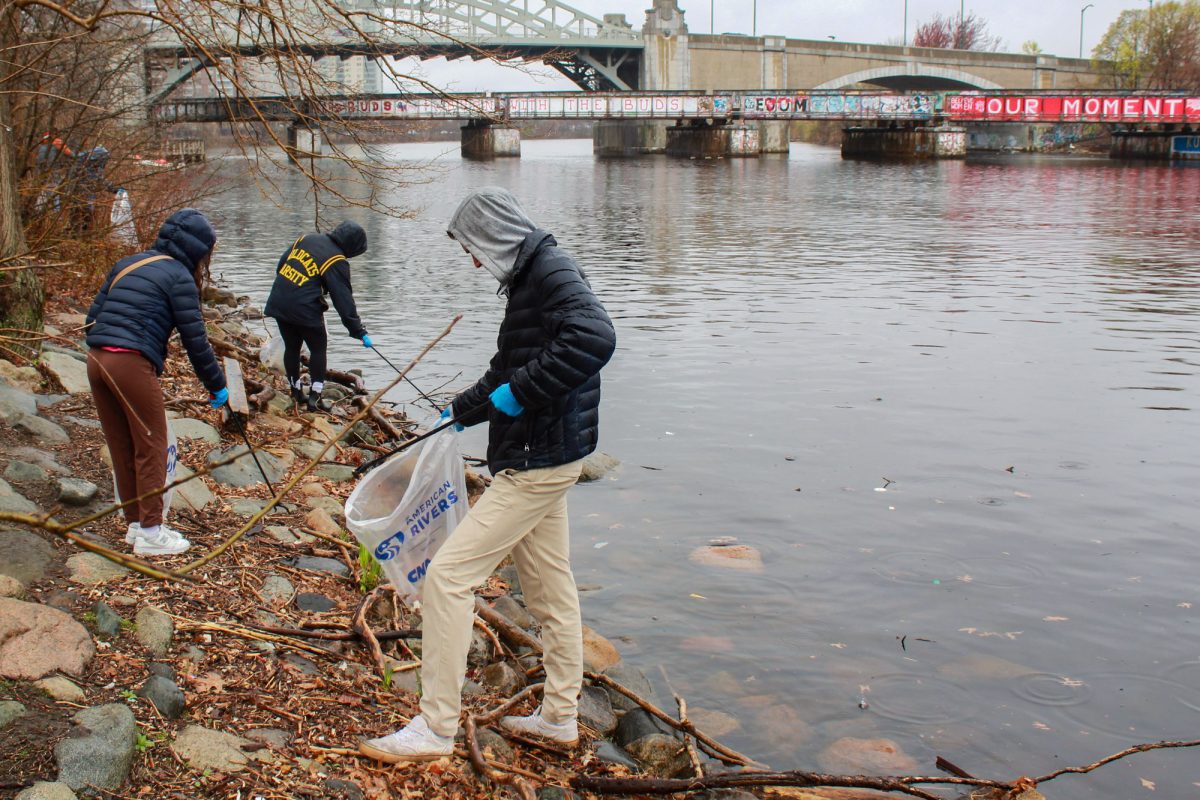[rawr][/rawr]Bands are marching, books are opening and brigades of parents are driving away teary-eyed and eager for Thanksgiving. It’s fall semester, and Boston University students can look forward to a host of collegiate activities in the coming months. For some, alcohol is included in the mix. And although responsible drinking occurs on campus, when a few drinks escalate into more, binge drinking takes its sloppy toll.
In fact, binge drinking is to blame for approximately half of all alcohol-attributed deaths in the U.S., according to Centers for Disease Control and Prevention.
In light of this public health issue, researchers at Boston University School of Public Health and Boston Medical Center carried out a cross-sectional study, published in the current issue of the American Journal of Public Health, centered around a more all-inclusive measure than the strength of a single law: alcohol policy environment, or the effect alcohol polices have on a community.
“There is quite a bit of research on individual alcohol policies. We know quite a bit about how they work in some populations verses others and how each individual level policy works,” said Dr. Ziming Xuan, the lead author of the study and an assistant professor in the department of Community Health Sciences at BUSPH.
“But there is very little [research] about the impact of the overall alcohol policy environment on alcohol consumption, especially among those who binge drink.”
Since alcohol policy environment is a composite measure, the first step consisted of developing a strategy for measuring it.
“One thing we do know is that there was no gold standard by which to develop composite variables to operationalize these policy facts,” Xuan said.
A panel of 10 experts was initially assembled to nominate state alcohol policies. Pertinence to binge drinking and accessibility of cross-state data for each policy were deciding factors. After extensive deliberation, 29 policies made the cut.
After selecting the policies, the panel determined two ratings that would combine to yield each policy’s alcohol policy environment. One of these was the relative efficacy.
“The efficacy is how things work ideally,” Xuan said.
But finding this first part of the equation was anything but simple. In fact, determining the relative efficacy of each policy was a multi-step progress.
Panelists used a five-point scale, with a score of one indicating low efficacy and a score of five indicating high efficacy. The scale was then applied to four distinct domains regarding binge drinking: ability to reduce binge drinking among adults, ability to reduce impaired driving among adults, ability to reduce binge drinking among underage persons and ability to reduce impaired driving among underage persons. These four scores were then averaged to reveal each policy’s relative efficacy.
The second quality determined was each policy’s implementation rating. Xuan said that if efficacy is the “what,” IR is the “how.”
Each policy’s IR was determined upon a case-by-case basis. The study’s formal report reads: “In some cases, the IR was determined by its magnitude (e.g., state alcohol tax rates, alcohol outlet density, number of alcohol control enforcement personnel).”
The IR scores were ultimately measured on a scale from 0.0 to 1.0 with 0.0 indicating no policy and 1.0 indicating full implementation.
Using the efficacy and IR ratings, the researchers pieced together an aggregated formula. By doing so, the researchers composed alcohol policy environment scores for all 29 policies across all 50 states from 2005 to 2010.
And where the calculating ended, the reading began.
Xuan and his team proceeded to research each policy’s effect on individual-level binge drinking, binge drinking frequency and number of drinks by using data from a national phone survey formally known as the Behavioral Risk Factor Surveillance System survey.
Additionally, different subgroups within the pool of 29 policies were compared with one another: general population polices versus underage specific policies, consumption policies versus driving policies and policies with higher efficacy ratings versus policies with lower efficacy ratings.
Ultimately, the relationship between the historical data from the survey and the alcohol policy environment scores led the team to some significant conclusions.
It was found that a state alcohol policy environment with a 10 percentage higher score corresponded to “an approximate 8 percent lower adjusted odds of binge drinking and binge drinking 5 or more times, and a 10 percent lower adjusted odds of consuming 10 or more drinks within one episode during the past 30 days,” the study’s report stated.
Apart from individual-level binge drinking, the other two categories of binge-drinking data also showed support for stricter law and order regarding alcohol.
“It does not only reduce the likelihood of binge drinking. It also reduces people who have more frequent binge drinking patterns,” Xuan said of strong alcohol policy environment scores. “It also reduces the number of binge drinks.”
The researchers also found that the policies that raise the prices and limit the supply of alcohol warranted almost 90 percent of the estimated effect for both policies. In other words, state policies such as tax and outlet density are effective.
According to Xuan, the BU community simply sits as a small area under the scope of these findings.
“BU is not isolated itself. It’s also connected to the local environment, and that’s Boston,” he said. “It’s also a fact that some policies are effective at the state level. A lot of state polices for example, tax and outlet density, all of these are not BU-specific.”
However, BU does have its own unique alcohol policies that sit alongside federal and Massachusetts state laws. One example is AlcoholEdu, a required program for first-year students that takes an educational approach to the matter.
“AlcoholEdu is an evidence-based online course that empowers students to make well-informed decisions about alcohol, prepares them to respond to risky drinking situations and helps them reach their personal and academic goals,” said Katharine Mooney, the director of Wellness & Prevention Services at Student Health Services, in an email. “It’s not a ‘just say no’ program, but rather a highly personalized and interactive course.”
Despite its educational nature, a common reaction to AlcoholEdu among students is indifference.
“I’d say that it was a little redundant, but there was some stuff that I didn’t know that I learned,” said Rishika Gupta, a College of Arts and Sciences freshman who viewed most other alcohol policies on campus as reasonable.
Nicole Toren, a School of Management freshman, echoed Gupta’s statement.
“There was a lot of stuff that I already knew, so it was a little repetitive, but it was a good reminder,” she said.
But every effort toward safe drinking is worth making, Xuan said, and the most important result of the study follows this very logic.
“We know that it should be a comprehensive effort to reduce consumption by achieving a high level of alcohol policy environment,” Xuan said. “So that is the key finding in our study.”
Fortunately, the drinking culture on BU’s campus is viewed as somewhat mild in the eyes of some students, a possible indicator that the current policies are working on some level.
“You can really make whatever you want out of your college experience,” said Olivia Nelson, a College of Communication junior. “If people want to party, it’s obviously there, but they have a lot of other options as well. It’s definitely a healthy balance.”
[rawr][/rawr]

